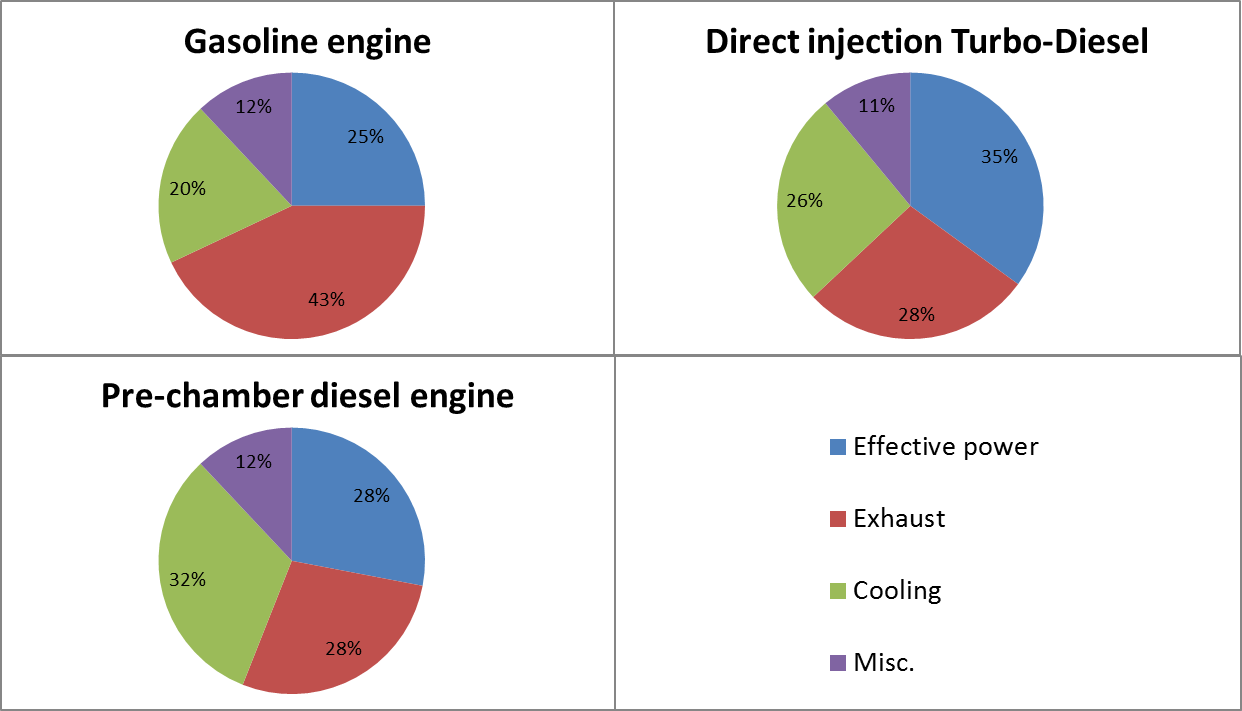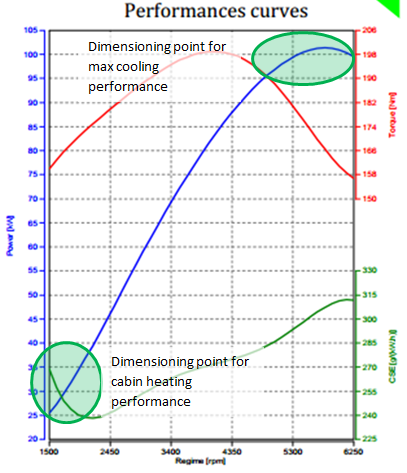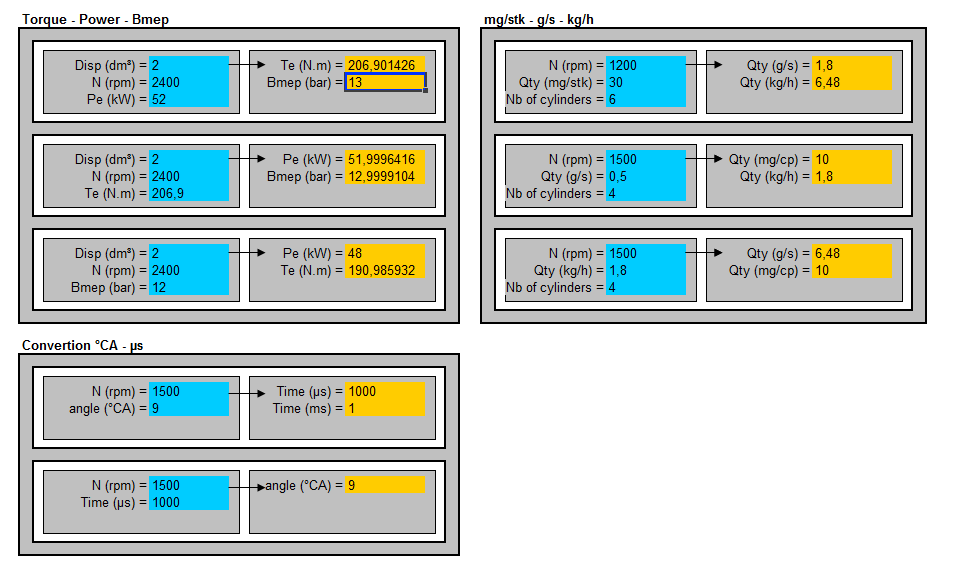An engine provides mechanical energy from an air/fuel mixture with an efficiency between 20 and 45%. The rest flows in kinetic and heat energy in exhaust gases and in heat energy through metallic bodies due to the frictions. In this context, the cooling system must allow the engine to give its best performance, ensure the durability of this performance and ensure engine reliability by guaranteeing an acceptable level of thermo-mechanical stresses in any point of the engine. This is done thanks to evacuation of the exceeding calories towards outside atmosphere.
Types of cooling systems
It exists different physical principles to evacuate the heat:
- Calories can be extracted by convection, conduction or radiation
- Several intermediate fluids can be used to drive the calories to the absorbing medium (those fluids are called coolant)
- Coolant can be either gaseous, liquid or in phase change
In automotive industry, the main cooling systems are air cooling by natural convection, air cooling by forced convection and liquid water cooling. Natural convection means that cylinder and cylinder heads have fins to ensure efficient convection and conduction, whereas forced convection means that an air turbine and a cooling air housing are installed around the engine. In both cases, the coolant is the air which is the only fluid which evacuates calories. Liquid cooling uses two fluids, air and water. Water evacuates calories from the engine and exchanges them with ambient air in a radiator which is today the most used system in automotive industry.
Heat balance
The following graphs give the split of power that is provided by the engine at full load for different engine types:

This shows average heat balance but today’s diesel engine can reach up to 40% efficiency and direct injection gasoline engine can now reach 30% efficiency with heat losses between 18% and 20%.
However, by reducing heat exchange, cooling requirement is reduced and there are not enough calories in the water to warm the cabin in some situations like warm up, city traffic and traffic jam. Manufacturers brought several answers to solve this comfort issue:
- Reduce engine efficiency by de-tuning combustion
- Install electric resistances to heat air
- Install electric resistance to heat water
- Install an additional heater
Validation procedures
The OEM (Original Equipment Manufacturers) validation procedures are built around critical estimated issues in terms of stress, occurrence and risk and depending on the climate. The validation aims at fulfilling manufacturers or suppliers limiting conditions like maximum water temperature (118°C), maximum oil temperature in a slope (150°C) or maximum oil temperature at max speed (135°C). The values given here are quite similar for all car manufacturers and are usually consequence of experience and statistical study.
Up to the 80’s, tests of European manufacturers were done in real situation on Mont Ventoux (France) or Sierra Nevada (Spain) roads with a trailer. They are today mostly done in aeroclimatic chamber, on a roller test bench.
The most frequently used testing conditions are the following:
- Maximum vehicle speed
- Hill climbing 1: slope of 10 to 12%, second gear, full load with trailer, 50 to 60 km/h
- Hill climbing 2: slope of 8 to 10%, third gear, full load, with and without trailer
- Motorway slope 4%, 130 km/h, full load
Secondary roles of cooling systems
The liquid cooling system is also used to ensure passengers car heating, to regulate engine oil temperature, to regulate automatic transmission oil temperature and to cool EGR.
In some particular cases, it can also be used to limit alternator temperature, to heat up the throttle body, to cool down power assisted steering, to extracts calories from exhaust system, to cool down turbo bearings …
Consequently, the number of critical situations increases, as well as control and monitoring difficulties or interferences between different requirements.
Romain’s opinion:
It becomes more and more important for an engine to be as efficient as possible. Indeed, every waste has to be reduced in order to gain competitive edge against competitors. To do so, cooling system is currently a potential solution to recover exhaust energy as an example. Hence, the cooling system has more and more requirements which make it complicated to design. Do you think that cooling system as it is implemented today has the potential to reach the future added requirements or a technological breakthrough is needed?




















